blingbunny10
Brilliant_Rock
- Joined
- Jan 15, 2010
- Messages
- 848
I'm looking to buy a new camera, and thought I should find one that will best photograph three things which I'm obsessed with, but have the most trouble capturing:
-food
-my dog
-and of course, gems/jewelry
My budget is flexible, but preferably around $600-900. I don't have much preference between models, as we already have a point-and-shoot and don't need do consider portability.
Any advice? Kenny and others who get such gorgeous shots, please help!
I found this thread full of great advice, but need some more current recs.
[URL='https://www.pricescope.com/community/threads/best-point-and-shoot-camera-options-for-colored-stones.184896/']https://www.pricescope.com/community/threads/best-point-and-shoot-camera-options-for-colored-stones.184896/[/URL]
-food
-my dog
-and of course, gems/jewelry
My budget is flexible, but preferably around $600-900. I don't have much preference between models, as we already have a point-and-shoot and don't need do consider portability.
Any advice? Kenny and others who get such gorgeous shots, please help!
I found this thread full of great advice, but need some more current recs.
[URL='https://www.pricescope.com/community/threads/best-point-and-shoot-camera-options-for-colored-stones.184896/']https://www.pricescope.com/community/threads/best-point-and-shoot-camera-options-for-colored-stones.184896/[/URL]


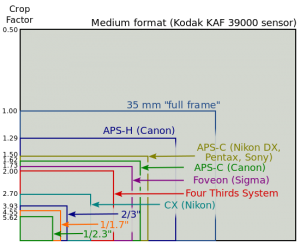
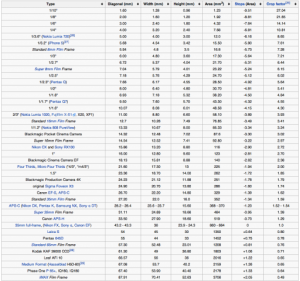
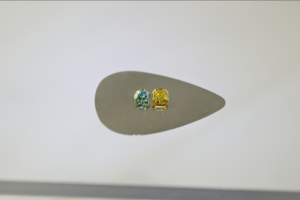
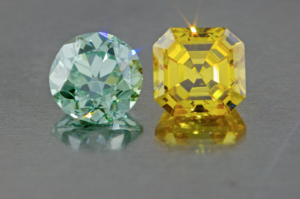
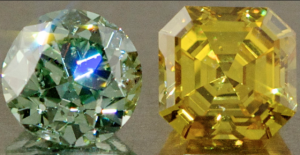
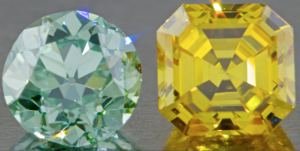


300x240.png)